Can ditching the 4k tall screen for a more mainstream display help the Sony Xperia 1 VI get more buyers?

*Header image: the Sony Xperia 1 V
Sony currently holds less than 1 percent of the global smartphone market. Yet, the brand has some great things going for it... and some things that could very well be done away with without any pain.
A recent rumor talks about the possibility of Sony's next flagship phone, the Xperia 1 VI, to ditch two things that marked Sony's uniqueness. That is: the 4K resolution screen and the tall aspect ratio. Could this pave the road for Sony to climb near the top? Could the company finally get more buyers for its flagship devices?
Also read:
- Sony Xperia 1 VI vs iPhone 15 Pro Max: Can a mainstream Xperia challenge the iPhone?
Display quality: would you see a difference between a 4k and a 2k display? On a phone?..
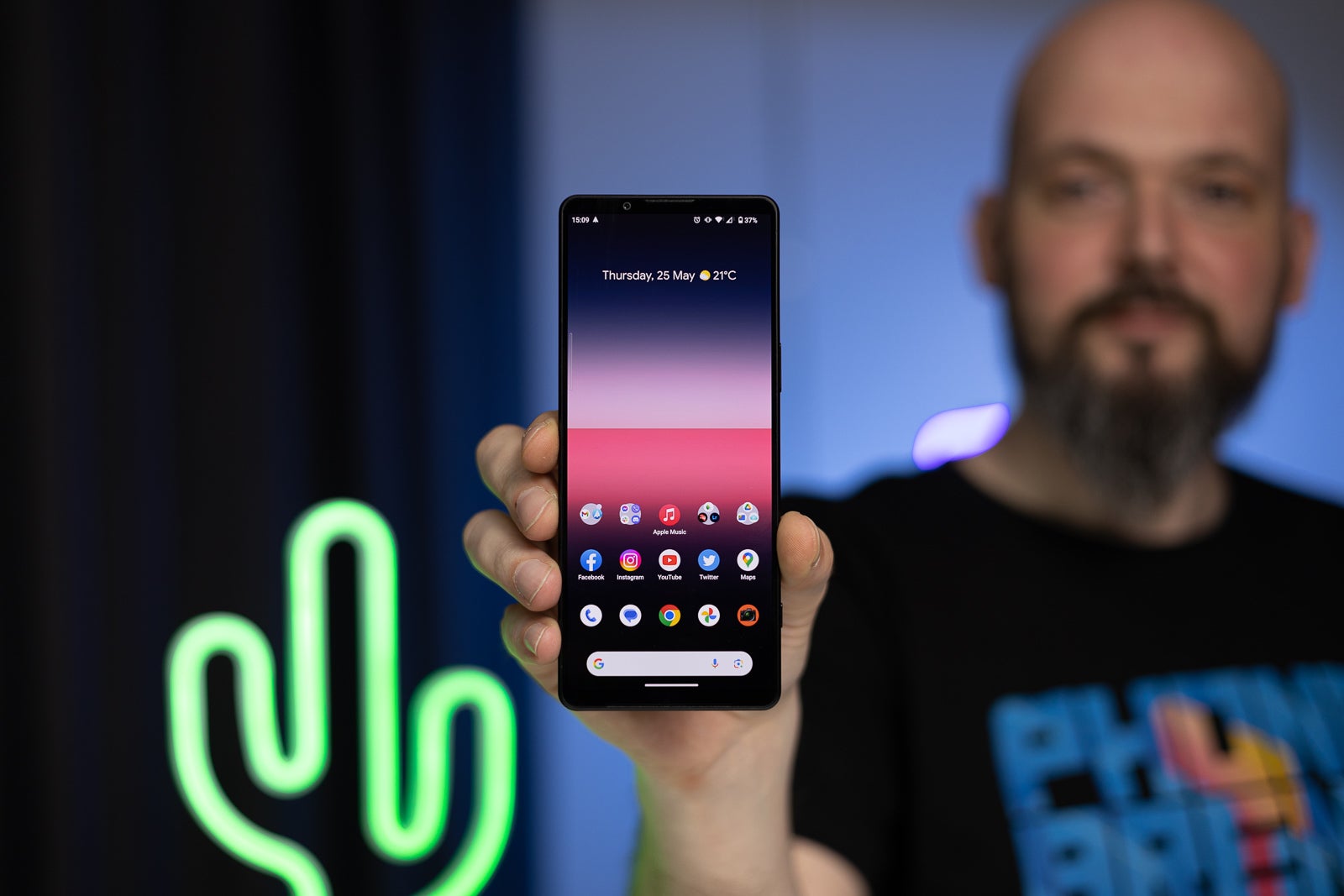
The Sony Xperia 1 V
Second off, the rumor says the phone could be equipped with a so-called 2k+ resolution. Normal 2k resolution is 2560 x 1440. Most likely 2k+ will mean something in the likes of 3120 x 1440 pixels, like what the S24 Ultra has. Yep, the Galaxy S24 Ultra. And that's a phone with a gorgeous display!
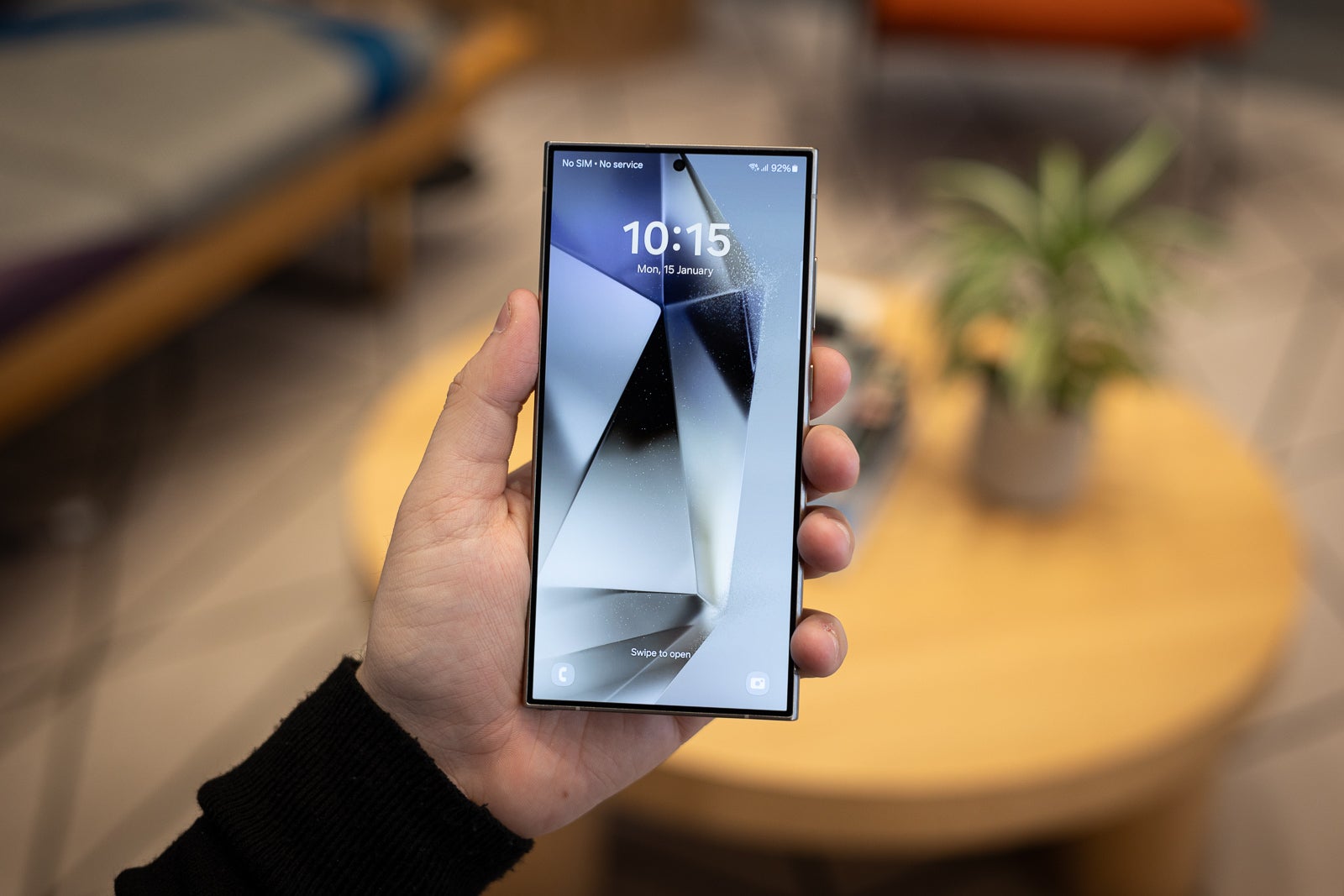
The Galaxy S24 Ultra has a beautiful display with a resolution of 3120x1440 pixels
Also, I have another point as to why this is actually a good thing. Or a good "downgrade", if you will. The 4k display panels for phones are expensive to produce, and this could be one of the reasons why Sony is pricing its Xperia phones higher than the competition.
- Price
Let's quickly address the pricing situation. The Xperia 1 V, the current flagship by the company, costs $1,400. Other flagship competitors: $1,299 for the S24 Ultra and $1,199 for the iPhone 15 Pro Max. A simple display "downgrade" can actually bring the Xperia into contention. Or at least, get it really close to being... well, more fairly priced compared to others, you know.
The aspect ratio: recognizable Sony or... mainstream Sony?
The tall and skinny 21:9 aspect ratio of an Xperia phone has become a way to distinguish the phone from competitors. Sony's tall display design originated from the idea that the phone should provide a cinematic feel (modern movies are presented in a 21:9 aspect ratio).
The cinematic feel offered by the phone complemented the Pro-grade camera features it offered and helped with marketing them. However, other phones that lack the cinematically long display don't lack a great feel when watching movies or video content.
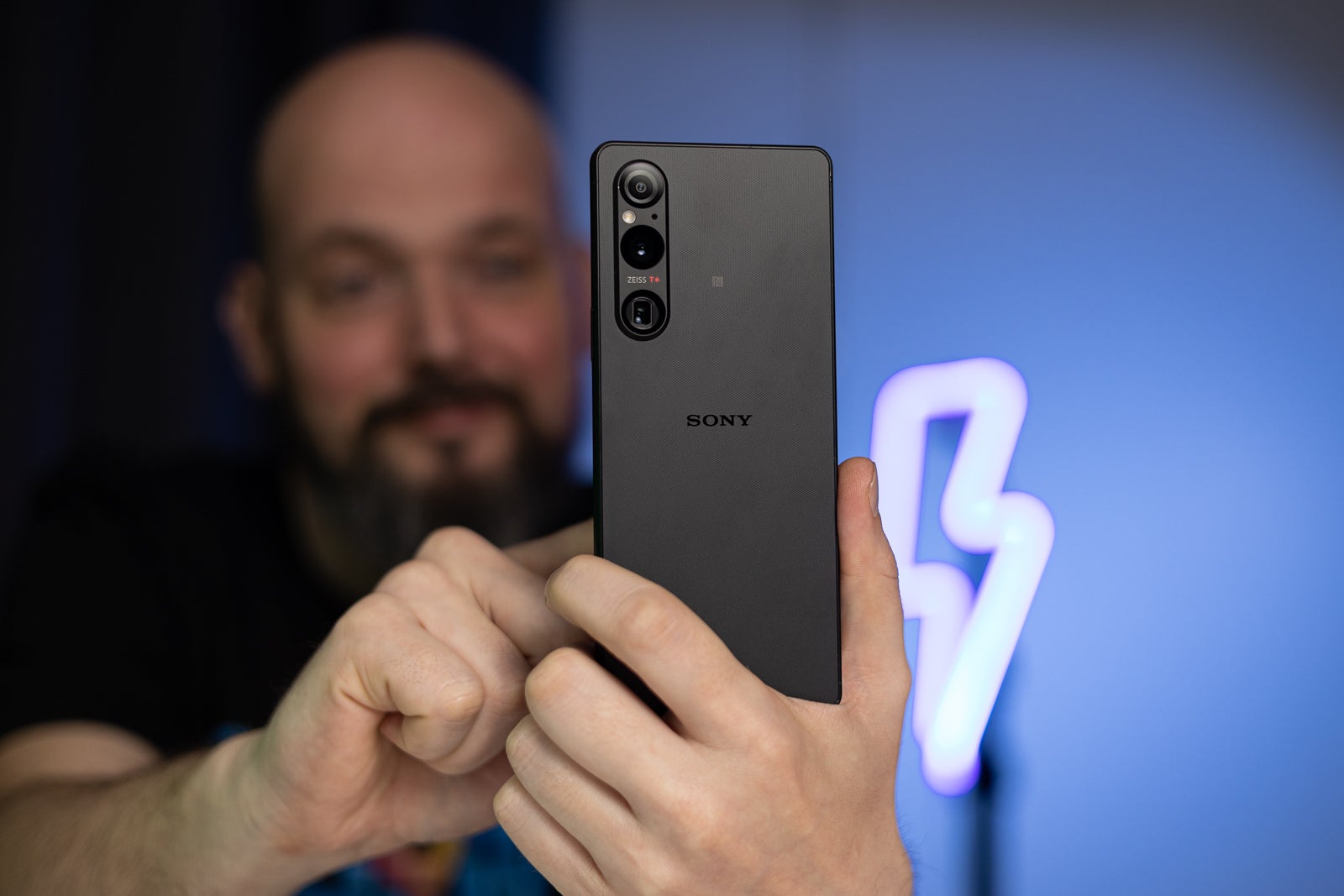
Typing on Xperia. Some people find it easy, some find it hard
Also, the tall form factor made the phone more comfortable to hold, which meant you can easily reach menus at the top. However, nobody's saying otherwise for other flagships on the market.
While many Sony fans would swear by that tall screen, other users may find it less comfortable. And the fact that most people don't complain about the aspect ratio of say the Galaxy S24 Ultra or the iPhone means that the majority of people don't mind it.
Let's put things in context, shall we? The Galaxy S24 Ultra's display ratio is 19.5:9, the iPhone 15 Pro Max's the same, and the rumor says the Xperia will be joining them at 19.5:9.
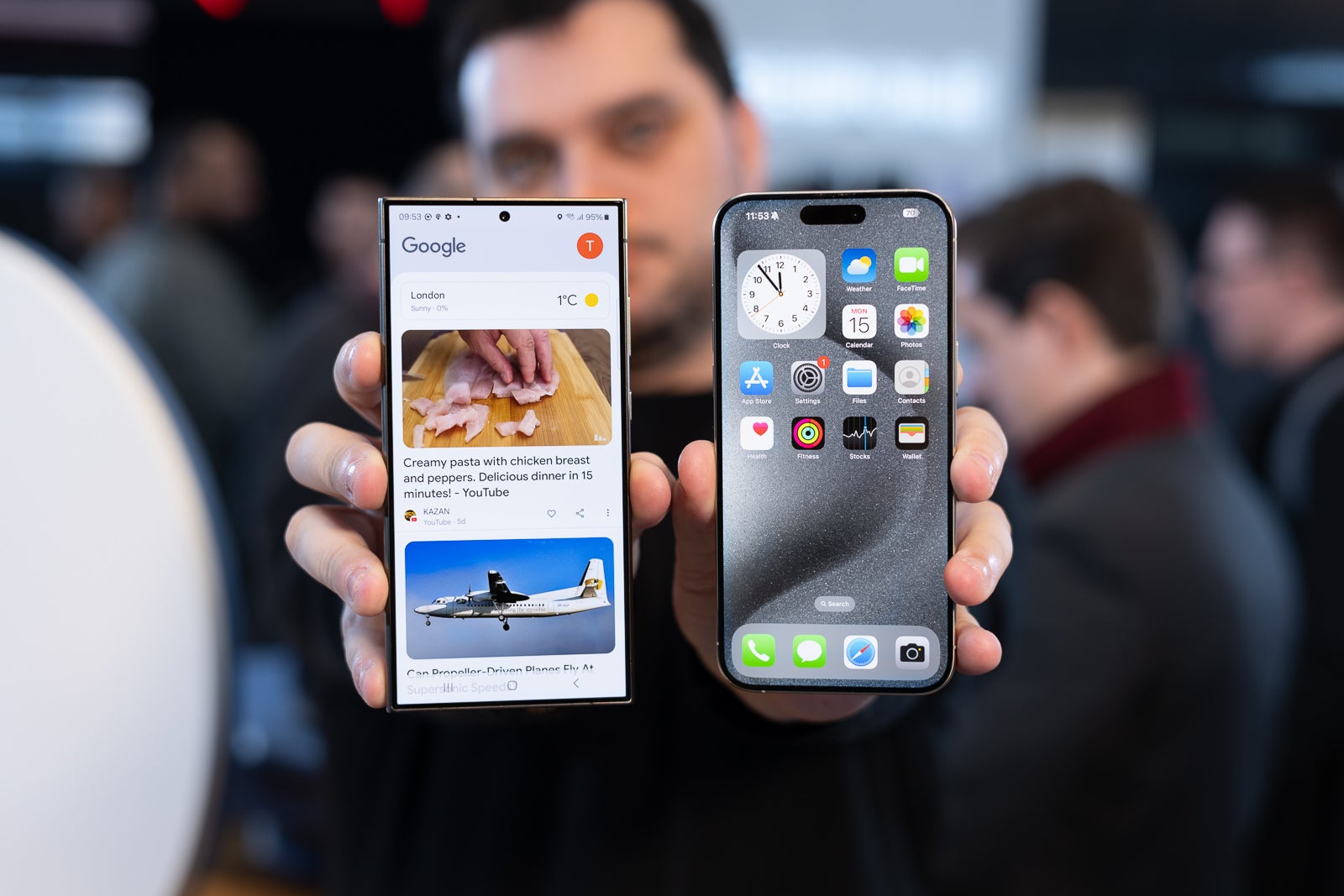
The Galaxy S24 Ultra and the iPhone 15 Pro Max both sport the same aspect ratio
Basically, most modern phones sport a similar aspect ratio to that of the big players. And people are used to that.
The Xperia camera: what Sony's got right
So far, we've heard that the Xperia 1 VI will have an upgraded camera. If leaks are correct, all three rear cameras the phone will use will have a 48 MP resolution. For reference, its predecessor used one 48MP sensor and the other ones were 12MP ones.
Even without this purported upgrade though, Sony's phones produce great photos nonetheless. For one, they're definitely not losing to the competition. Check the below samples taken for our Sony Xperia 1 V review to get an idea how the 1 VI's predecessor performs.
Overall, we see slightly more noise on the Sony's low light photo, and colors aren't as punchy, but in general, the phone captures a good level of detail and realism.
The images pictured here are taken with Sony's Auto mode, without fiddling with RAW files or editing. They are here just to showcase that the phone's actually doing quite good, and is in line with the competition, more or less. Playing with the colors while editing RAW will, of course, give an even better result.
Is there anything else that Sony should improve?
Sony, work on these, pretty please!
- Software support
Nowadays, it's all about longevity when we talk flagship phones. Samsung, Apple, and Google are all offering to sustain your phone with software updates for 7 years. And we have Sony, which promises... nothing?
I don't mean that Sony doesn't offer any software updates whatsoever. But what I mean is that no commitment has been made, at least with the predecessor, the Xperia 1 V. The Xperia 1 IV had two years of software updates and 3 years of security updates. Sony promised nothing last year with the 1 V, so one can assume the situation is similar.
But in 2024, two years of software updates is simply unacceptable. Sony will need to up its game on this front to attract more people to its phones.
- Random bugs
If you search online, you'll find plenty of reported issues with Sony Xperia phones, be it software or hardware. Many people report suddenly broken fingerprint sensors, overhearing issues, laggy software, etc. It's impossible to list all the bugs in a simple article like this one. Just look at that mega thread on Reddit with people sharing their bugs with the Xperia 1 IV.
A similar thread has also been started about the Xperia 1 V.
Obviously, Sony will have to work to bring these to a minimum in order to attract more customers and also to stop current customers from leaving it.
The niche question: why a camera phone?
The Xperia 1 V is aimed at content creators and photographers. It has fancy editing options, sophisticated camera apps, and many camera possibilities that are not really present in other smartphones.
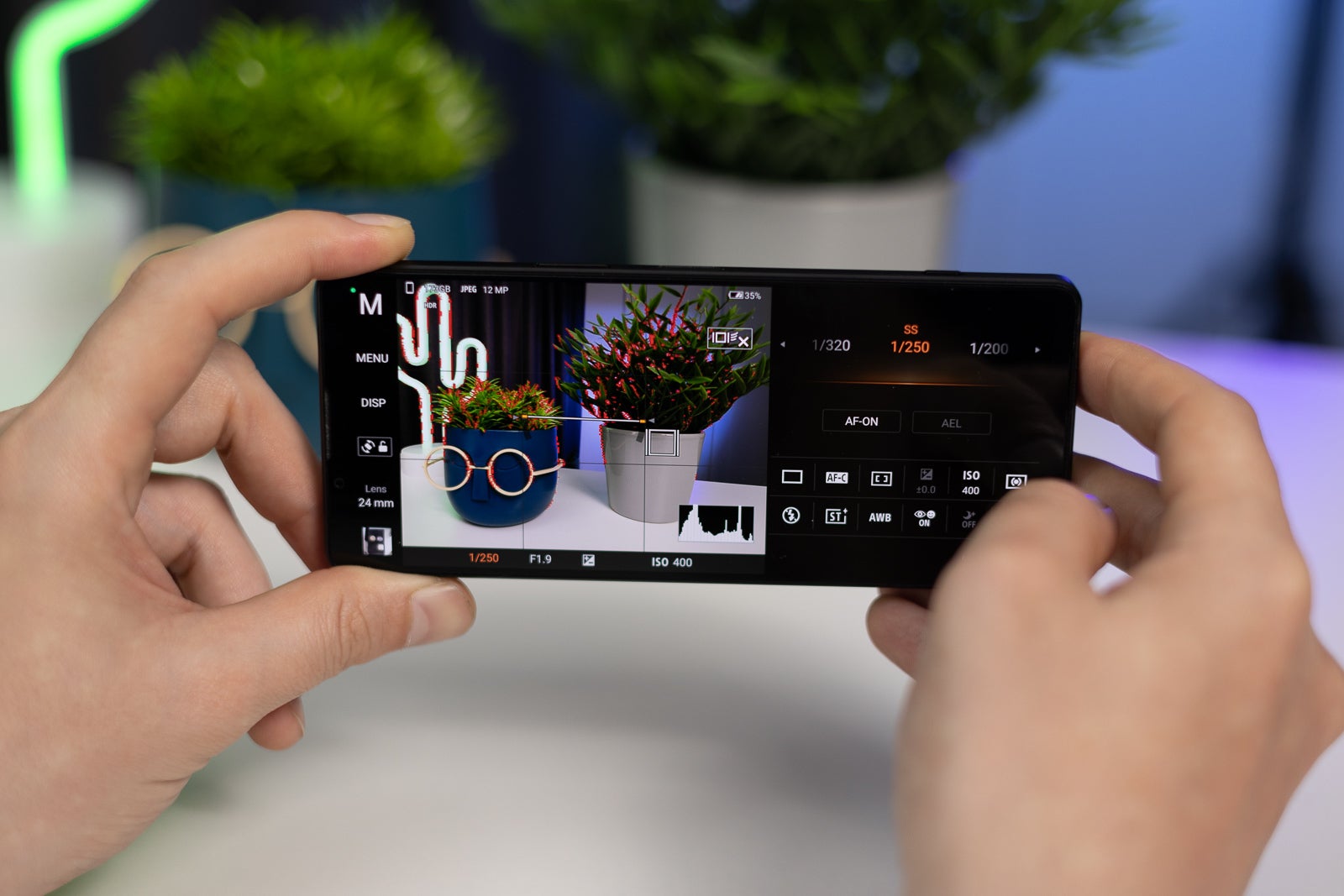
The Xperia 1 V's sophisticated camera controls
But this has me wondering: is this niche strategy good for Sony? The epic camera features look exciting on paper, but in reality, most pro photographers still use real cameras... not a smartphone. Even content creators who are serious about their online presence still deal with bulky cameras and special lighting equipment.
The purpose of smartphone photography, on the other hand, is to allow you to quickly capture a moment in a pretty photo and post it on social media. Or just keep it for yourself.
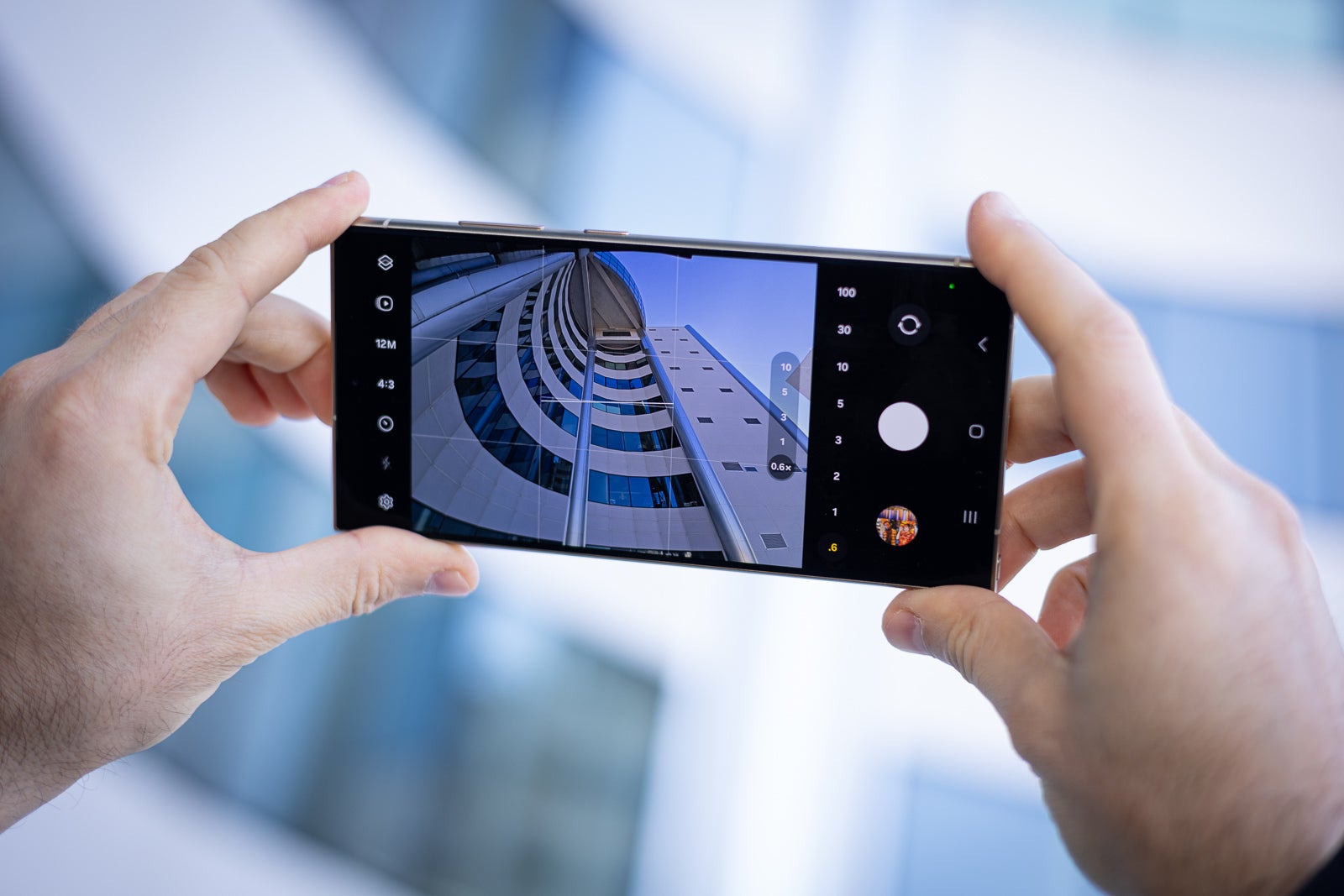
The Galaxy S24 Ultra
Sony's camera app is a cool toy for photographers... But photography enthusiasts aren't the only smartphone buyers, are they?
If Sony wants more ground, it needs to streamline the camera experience. It has to be suitable also for people who can get confused about what shutter speed to use for a pretty photo of an overly-energetic chihuahua (me included).
All in all, you get my point. Sony needs focused efforts to attract buyers and prevent itself from the gloomy destiny of LG's smartphone business.
Follow us on Google News


![Some T-Mobile users might be paying more starting in March [UPDATED]](https://m-cdn.phonearena.com/images/article/176781-wide-two_350/Some-T-Mobile-users-might-be-paying-more-starting-in-March-UPDATED.webp)











Things that are NOT allowed:
To help keep our community safe and free from spam, we apply temporary limits to newly created accounts: